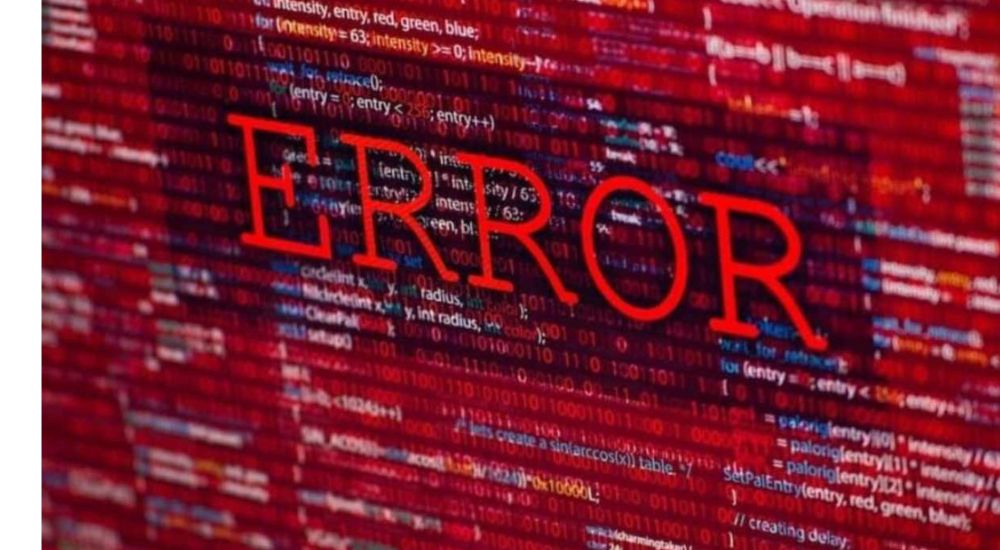Whether it’s in technology, entertainment, or society at large, “Fearscans” are a term you might have come across. In today’s fast-paced world, the concept of fear continues to shape how we view and interact with the environment around us. So, what exactly are Fearscans, and how do they influence our daily lives? Let’s dive deep into the topic to uncover its meanings and implications.
What Are Fearscans?
Fearscans are a form of analysis, detection, or observation where fear acts as the central trigger or focus. In various contexts, Fear scans analyze data, behaviors, or emotions through a lens that is shaped by fear, anxiety, or unease.
Understanding the Term “Fear scans”
While “Fearscans” might sound like a modern term, the concept of fear as a form of analysis or influence has been prevalent for centuries. From ancient rituals meant to “scan” the emotions of the gods to today’s high-tech tools that analyze behavioral patterns, the idea has evolved significantly. In the age of advanced technology and rapid data flow, Fears cans have become embedded in various facets of modern culture. From how news reports heighten anxiety to how social media algorithms prioritize content that elicits strong emotional reactions, Fear scans can be found everywhere.
How Fearscans Work
Fear is a basic human emotion, and it acts as a protective mechanism. Fear scans tap into this primal instinct by either collecting data or shaping content based on reactions rooted in fear. The psychology behind Fear scans is both complex and fascinating. They exploit the brain’s fight-or-flight response, making the individual more susceptible to certain stimuli or information. Marketers, cybersecurity experts, and even entertainment producers use this to trigger specific responses.
Types of Fearscans
In a literal sense, physical Fear scans might refer to health diagnostics that assess stress or anxiety in the body—such as scanning for elevated heart rates or stress hormones during anxiety-inducing situations. In the digital realm, algorithms perform Fear scans by analyzing user data to detect fear-driven behaviors. Whether it’s how people react to alarming news articles or panic-triggered searches, digital Fear scans help refine content recommendations based on fear. These occur when someone assesses another’s emotional state, consciously or unconsciously, to predict or manipulate their behavior. Emotional Fearscans are common in social interactions, negotiations, and even marketing.
Fears cans in the World of Technology
Fear scans have found a significant place in cybersecurity. Scanning systems look for vulnerabilities, suspicious behaviors, or fear-driven actions, such as phishing attempts that prey on anxieties about personal data. AI systems are trained to perform Fearscans by recognizing patterns of fear-based behaviors, allowing algorithms to adapt and predict future actions. This is particularly useful in fields like cybersecurity, where anticipating fear-driven breaches is key.
Fearscans in Media and Entertainment
Horror movies and games often rely on Fear scans, using subtle cues like dark lighting, eerie sounds, or jump scares to monitor and amplify the viewer’s sense of fear. Authors have long used Fear scans in literature to analyze the fears of their characters and audience. The pacing, suspense, and character decisions all contribute to scanning the reader’s emotions, ensuring that fear is sustained throughout the narrative.
Fearscans in Society
Platforms like Facebook or Twitter are designed to optimize engagement. One way they do this is by performing digital Fear scans—promoting posts that provoke fear or anxiety, knowing that such emotions lead to more clicks, shares, and comments. Everyday life is full of moments where we subconsciously perform Fear scans. From assessing a stranger’s body language to scanning news headlines for danger, humans are constantly evaluating their environment through a fear-driven lens.
Positive vs. Negative Impacts of Fearscans
While Fearscans can provide valuable insights, they also come with psychological risks. Overexposure to fear-triggering content can lead to heightened anxiety, stress, and even paranoia. On the flip side, understanding Fear scans can help individuals become more mindful of how fear is being used to manipulate them, allowing them to make more informed decisions.
Fearscans and Their Influence on Decision-Making
Fearscans impact decision-making in various ways. Whether it’s choosing to avoid certain places or products based on fear-driven news or making impulsive purchases to prevent anticipated regret, Fear scans subtly guide our everyday choices. Marketers often leverage Fearscans by using fear-based messaging to drive conversions. For example, advertisements for security systems, insurance, or even health products often rely on tapping into the viewer’s fear to prompt action.
Techniques to Manage Fearscans
Mindfulness practices can help individuals become more aware of how Fear scans influence their thoughts and behaviors. By acknowledging fear without reacting impulsively, one can break free from the control that fear-based stimuli often exert. Cognitive Behavioral Therapy (CBT) is another effective method for addressing the impact of Fear scans. By challenging irrational fears and reframing negative thought patterns, CBT can help people manage anxiety caused by fear-driven stimuli.
Future of Fearscans
With AI and machine learning continuing to evolve, Fear scans will likely become more advanced and precise. Predictive algorithms might become so accurate that they can identify fear before the individual is consciously aware of it. In the coming years, we can expect Fear scans to play an even bigger role in industries like healthcare, cybersecurity, and marketing. As data analysis becomes more nuanced, Fearscans will become more personalized, potentially influencing decisions on an even deeper level.
How to Safeguard Against Negative Fearscans
To protect against the psychological impact of negative Fearscans, it’s essential to limit exposure to fear-driven content. This might mean setting boundaries for social media use or curating the type of content you consume daily. Developing emotional resilience is key to overcoming the influence of Fear scans. Through techniques like positive affirmations, reframing, and self-reflection, individuals can build the mental strength needed to resist fear-based manipulation.
Real-Life Examples of Fearscans
Several real-life examples demonstrate how Fear scans operate. From the stock market reacting to fear-driven headlines to companies adjusting their security measures after fear-based cyber threats, Fearscans play a crucial role in shaping modern-day decisions. Historically, Fear scans have been used as propaganda tools during wartime or political movements, where fear was deliberately amplified to influence public behavior and perception.
Debunking Myths about Fearscans
One common myth is that Fearscans only focus on negativity. While fear is a central component, Fear scans can also provide valuable insights that help improve systems or decisions. Ultimately, Fear scans are neither inherently good nor bad; their impact depends on how they are used and understood.
Conclusion
Fearscans represent a fascinating intersection of psychology, technology, and society. By understanding how fear-driven analysis works, we can better navigate the complex world around us, ensuring that fear is used as a tool for insight rather than manipulation.
Read More interesting topic about bedroom













